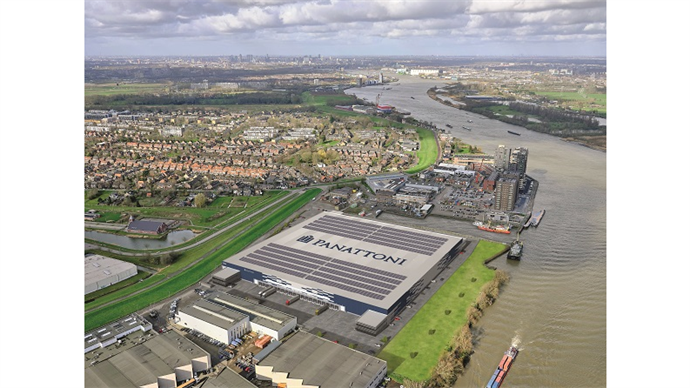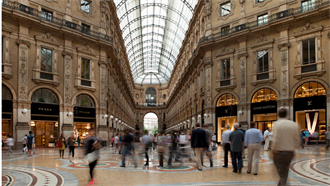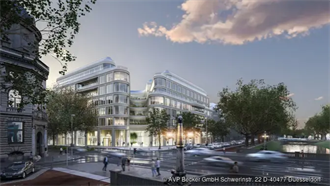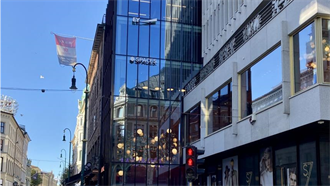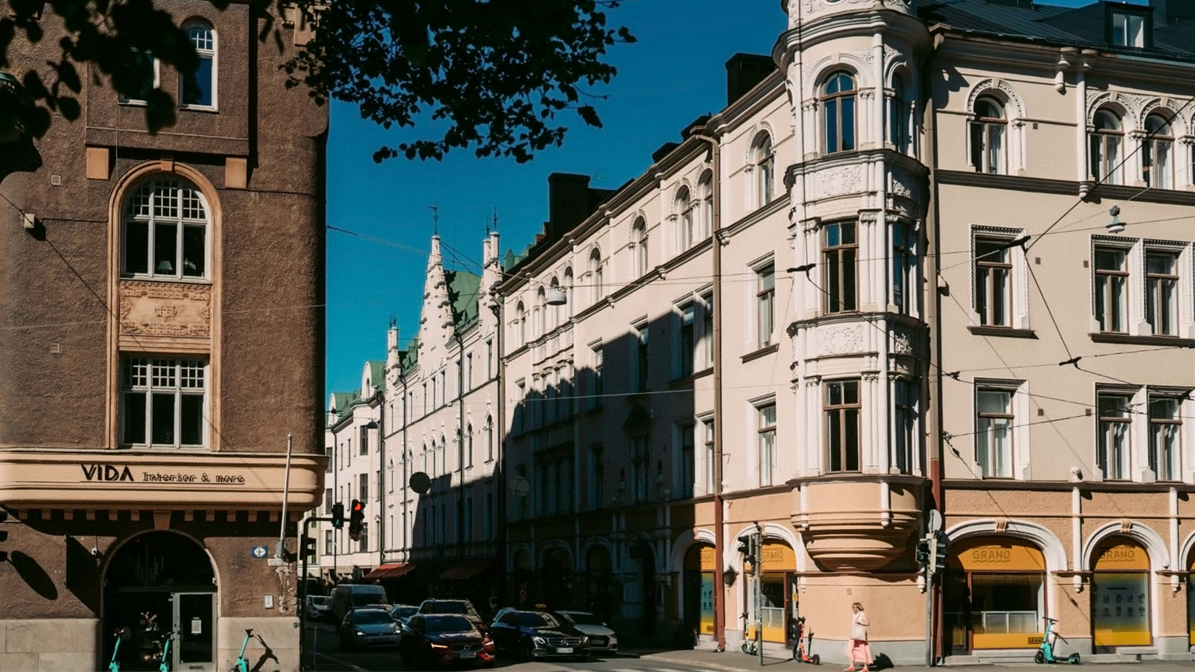Europe’s largest developer, Panattoni, is pursuing a successful expansion strategy across the UK and Netherlands as it builds on decades of experience.
Until last year, Panattoni – Europe’s biggest logistics and industrial developer – was largely synonymous with Central and Eastern Europe, after effectively conquering the warehouse development and management market in Poland, the Czech Republic and Slovakia.
Backed by US giant Panattoni Development Company, Panattoni expanded into Europe in 2004 with an office in London, but it was the launch of its CEE headquarters a year later which would prove game-changing. Robert Dobrzycki set up the firm’s CEE office in Warsaw in 2005, and by 2014, had been appointed CEO for Europe. In the meantime, Panattoni has not only made its mark on the warehouse and city logistics market in Europe but proved a pioneer in terms of development innovation, occupier relationships and helped carve out Central Europe’s most important logistics corridors.
Says Dobrzycki of those early days: ‘We started with CEE as it represented a great opportunity for us in terms of new developments. It was a great time to come to Central Europe – if you’re going to develop logistics, you really have to build in this region.’
Strategic opportunity
In 2019, however, Panattoni saw a strategic opportunity to explore Western and Southern European markets with fresh scrutiny. ‘With the glut of e-commerce we felt we needed to expand in Western Europe,’ Dobrzycki notes. ‘We were quite established in Germany, but the Netherlands and the UK were big territories that we needed to penetrate. The Netherlands is a gateway to Europe, and the UK is pretty crucial from a consumption and e-commerce standpoint.’
Although there was no time to waste, the moment was not without its complexities. ‘We thought we were a bit too late getting into the Netherlands, but that’s ok. From our standpoint, it’s a crucial European hub,’ he says. Meanwhile, the UK was compelling as ‘Europe’s most advanced e-commerce market’ and one which is, at the same time, ‘still at the beginning of the e-commerce story’. But there remained the issue of the country’s imminent exit from the European Union.
While other logistics specialists have seen Brexit as a reason to hit pause on their UK strategy, for Dobrzycki, it provided the ideal excuse to step up their game. ‘For us, Brexit was actually the perfect time,’ he says. ‘Everything was slower, there was less interest in doing what we do. Despite the general economic feel and political situation, consumption and e-commerce are extremely strong there and this is our driver.’ He adds: ‘This is how we do business: we use short term turbulences to gain an entry point into a market.’
Turbulence ahead
While certain market foibles were predictable, arguably the biggest turbulence was yet to come in the shape of the Covid-19 crisis. As the pandemic took hold in early 2020, Dobrzycki recalls being ‘quite concerned’ about how it would affect the logistics sector and his business. ‘We looked at the stock exchange – even Amazon was going down,’ he says. But that view quickly changed. ‘We realised that actually, independent of the global economic view, our sector was going in the opposite direction, driven by e-commerce and data.’
Even now, more than a year after the onset of the crippling global crisis, Dobrzycki is amazed at how quickly events evolved. ‘2020 was a very dynamic year, and the speed of adjustment and change was surprising. Although the e-commerce trend had been visible over the past two or three years, the speed of physical retail’s demise due to Covid was staggering. In one year, in real estate, the trends were turned upside down.’
As consumer and business activity moved online across the globe, logistics became the most sought-after real estate asset class, and Panattoni and other industrial developers like it found themselves more concerned with how to keep up with demand. ‘The financial world and a lot of our big customers were trying to figure out if it was sustainable – if it was a real trend, or a temporary trend,’ Dobrzycki says. ‘But we had a strong conviction that 2021 would get off to a strong start in terms of logistics - particularly as investors increasingly stepped back from offices and retail.’
Investor interest
With logistics and industrial now one of the most sought-after asset classes for real estate investors and developers, is Dobrzycki worried about the glut of new names piling into the sector? Not exactly. ‘The buildings look simple, but there is a lot of know-how in design, in location, in volume when doing logistics,’ he notes. ‘Scale helps, strength helps, international coverage helps. We see a lot of local players starting in logistics, but there will be a lot of failures, which is normal without know-how.’
The supply-demand dynamics which have created such a buzz in the investment community are also the asset class’s challenges, says Dobrzycki. ‘There are supply-side problems; well-located land is not easy to acquire. Permitting has been temporarily hit by Covid, and although it should come back, a lot of companies in Europe are affected by permit problems right now – it is definitely halting some greenfield development.’
Dobrzycki notes that beyond the specific development challenges, there are also social issues. ‘Logistics creates traffic, and the buildings are not aesthetically beautiful. Everyone wants to consume, but no-one wants a warehouse next to their house.’
Evolving asset types
The shortage of land and the pricing of land will encourage further creativity in the sector, he suggests. ‘We are seeing more and more multi-storey facilities and that will be a trend. It won’t happen everywhere, but in locations where land is extremely hard to secure and is expensive. Although, it has to be said that operating from ground level is easier.’
Densification trends and the burgeoning last mile sector are overlapping themes for Dobrzycki. ‘There’s more and more pressure to deliver fast and be close to the end user,’ he says. ‘But that brings problems traffic wise, location wise etcetera. You can create value developing in cities, but there are a lot of conditions attached. That’s why it makes sense to explore existing city sites, such as obsolete retail and retail parks, some service centres and commercial units, which can perhaps be transformed into last mile hubs and pick-up points. I think we will get to a point where we see pick-up offices on high-streets instead of a local bank branch or small store.
‘The logistics world will have to get used to the idea that there is going to have to be a lot of brownfield development, and a focus on the repurposing of current uses. That’s what I see in our future right now.’
Panattoni is the number one firm in PropertyEU’s 2021 European logistics developers ranking.

